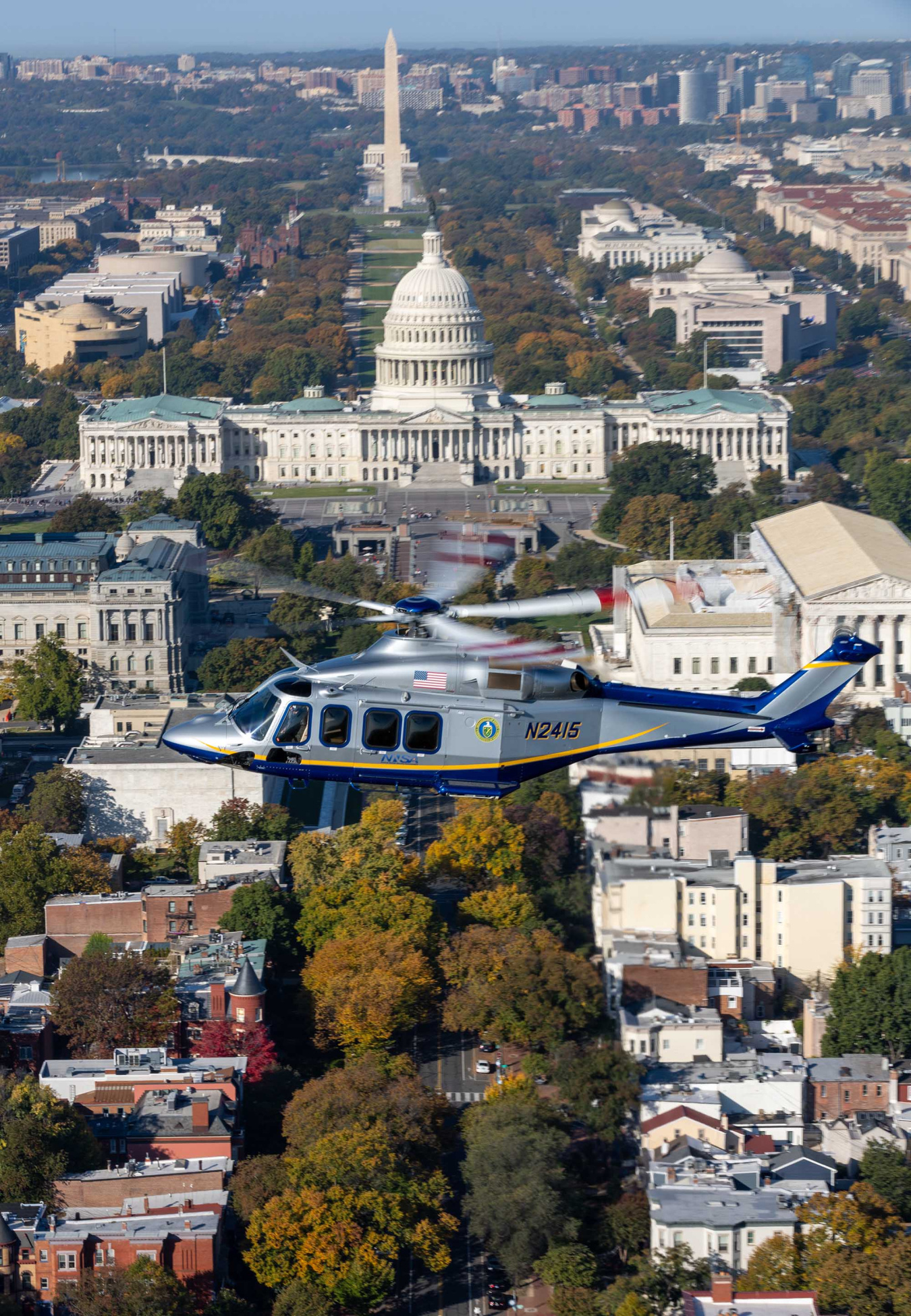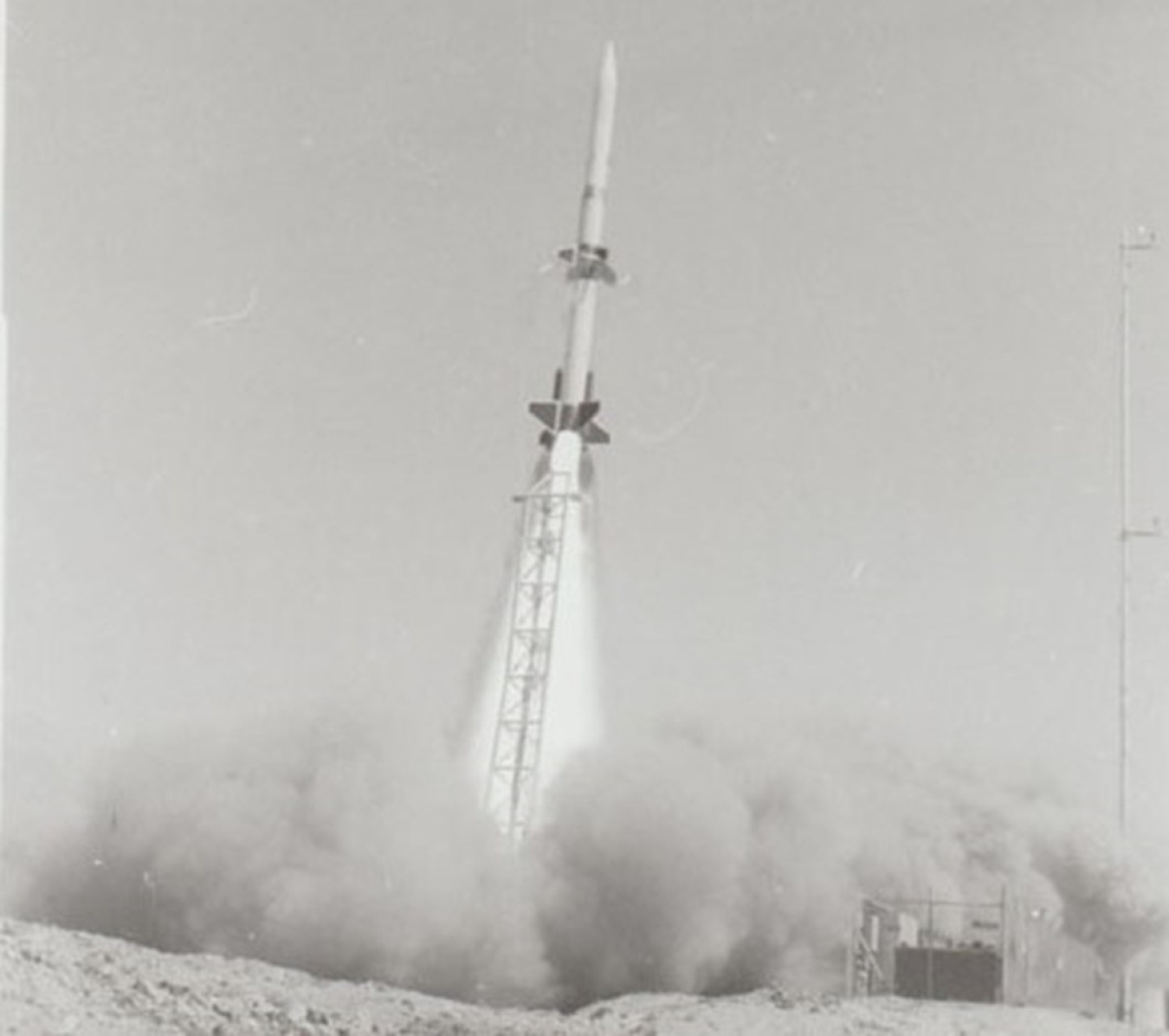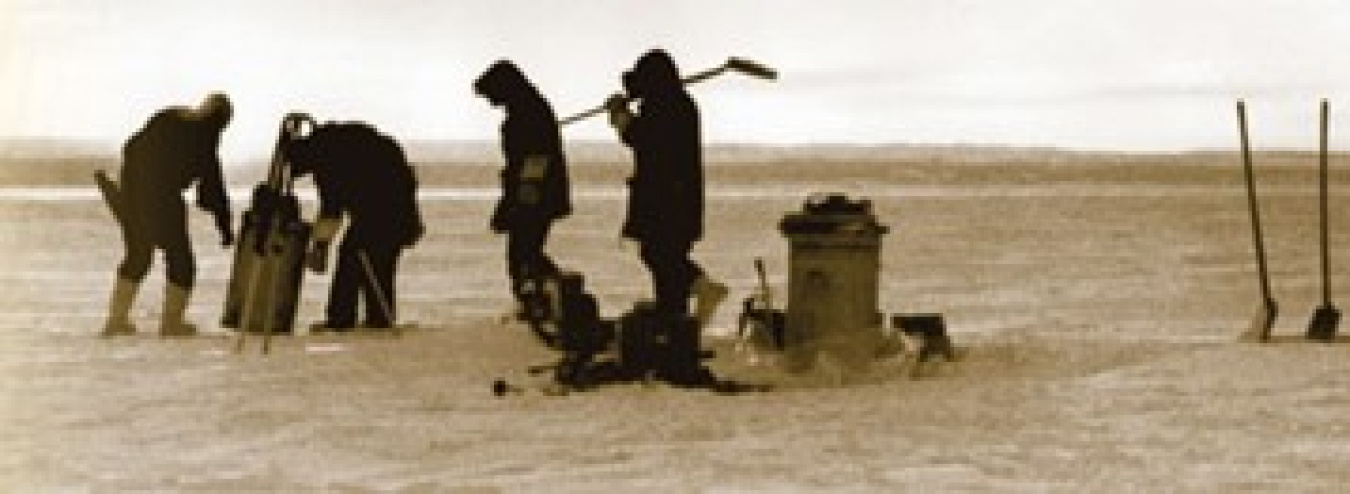A very brief history of aerial radiation monitoring in the nuclear age.
National Nuclear Security Administration
August 19, 2025If you live in a city that has hosted a Super Bowl, a marathon, a Formula One race, or another major event in the past decade, you may have noticed low-flying helicopters or fixed-wing aircraft circling like watchful guardians. These aircraft are a key part of the National Nuclear Administration (NNSA), equipped with advanced radiation detection systems to ensure public safety at large events.
NNSA’s Nuclear Emergency Support Team (NEST)’s Aerial Measurement System (AMS) provides real-time readings of radiation in the air and on the ground. They work alongside federal, state, and local officials to provide them with the fastest and most accurate information to protect Americans.
While NEST’s AMS relies on state-of-the-art technology and equipment, the use of the aircraft to measure radiation dates back to the early days of the atomic age. This National Aviation Week, we revisit some key moments in the history of aerial radiation monitoring.
Present at the creation
In 1944, worries that Germany would employ radiological warfare to disrupt the allied landing at Normandy prompted General Eisenhower to order American forces to prepare for “Operation Peppermint,” which would quickly dispatch radiation detection equipment and technical personnel in the event of such an attack. Although the operation was never launched, aerial radiological measurement demonstrated its versatility in surveying an area for potential threats or contamination — an invaluable asset in later years.
Early insights made during the war quickly took root in the early era of atomic testing. In 1951, nuclear tests conducted by NNSA’s Atomic Energy Commission utilized aerial surveillance equipment to collect data about the nature and impact of nuclear explosions. Later that same decade the Aerial Radiological Measuring System (ARMS) was established to support the U.S. Geological Survey. When nuclear testing moved underground post-1962, ARMS was used to confirm that radioactive materials were not released into the atmosphere.
From Nuclear Testing to Public Safety
From the early 1970s onward, a series of nuclear accidents demanded increasingly sophisticated equipment backed by a trained cadre of nuclear experts who could be rapidly deployed to provide everything from analysis and recommendations to recovery and treatment.
In 1970, a ballistic missile test in Utah carrying a warhead with radioactive Colbat-57 accidentally crashed 450 miles into the sparsely populated Mexican desert. With a package described as “two small pellets embedded in tungsten” the successful search called for specially calibrated equipment, airborne assets, and trained experts. A few years later NEST was officially founded with a host of resources meant to detect and defeat nuclear and radiological threats, including aerial monitoring.
NEST and its aerial assets would face a major test less than five years after its founding when a Soviet satellite containing over 100 pounds of radioactive material crashed in the Canadian wilderness. NEST was deployed for a joint U.S.-Canadian recovery operation. Conducted on from the air and on foot in frigid conditions, the search area ultimately covered 15,000 square miles and recovered several large segments of the satellite emitting lethal levels of radioactivity.
Just over a year later, the Three Mile Island accident threatened to cause widespread evacuations and panic. By mid-afternoon the day of the accident, a NEST helicopter was on-site and collecting radiation measurements around the plant. This crucial data convinced local leaders not to order a general evacuation, avoiding an unruly exodus and likely saving American lives.
With the arrival of the new century, Congress passed the NNSA Act, putting NEST and its aerial capabilities under the new organization. Not long after, the tragic events of the September 11th attacks prompted a NEST deployment to Ground Zero. Operating in tightly restricted airspace and with first responders still working on the ground, air crews worked to ensure that an already devastating attack on Americans did not also contain a nuclear or radiological threat.
More recently, a 2011 tsunami caused damage to the cooling systems at the Fukushima Daiichi Nuclear Power Plant, resulting in the release of radioactive contaminants. Decades of planning and innovation in equipment enabled NEST experts to quickly deploy to Japan. With the far side of the Pacific outside the range of NEST aircraft, highly sensitive equipment was installed on U.S. military aircraft and used to measure radiation in the area. This data proved invaluable to Japanese authorities, saving the lives of both Japanese citizens and U.S. civilian and military personnel.
Enduring Mission, New Aircraft
Today, NNSA’s AMS is a rapidly deployable capability that can respond to all manner of nuclear incidents and accidents in the United States and overseas. NEST scientists, technical personnel, and pilots are on-call 365 days per year / 24 hours per day to deploy in response to nuclear incidents and accidents, and AMS can provide real-time measurements of air and ground radiation contamination. These capabilities ensure that AMS science teams on board can communicate in real time with experts at the National Laboratories and support rapid protective action decisions. The data that AMS provides is often the first scientifically defensible and actionable product that federal, state, and local officials can use to support health and safety decisions such as evacuation and shelter-in-place guidance.
Indeed, this is why NEST’s AMS is recognized by aviation experts as “the gold standard in airborne radiological monitoring.” To keep NEST agile and ready, NNSA recently completed an overhaul of its air assets, incorporating three new Beechcraft King Air 350 Extended Range planes and two new AugustaWestland 139 helicopters, bringing significant upgrades to AMS’s aerial measurement capabilities.
In conclusion, as we celebrate National Aviation Week, we salute the service and sacrifice of engineers, scientists, and pilots – both military and civilian – who have conducted this vital mission for more than eight decades. Aviation has been vital to NNSA and NEST for longer than either has existed, and will continue to contribute to their vital national security and public safety mission for decades to come.




